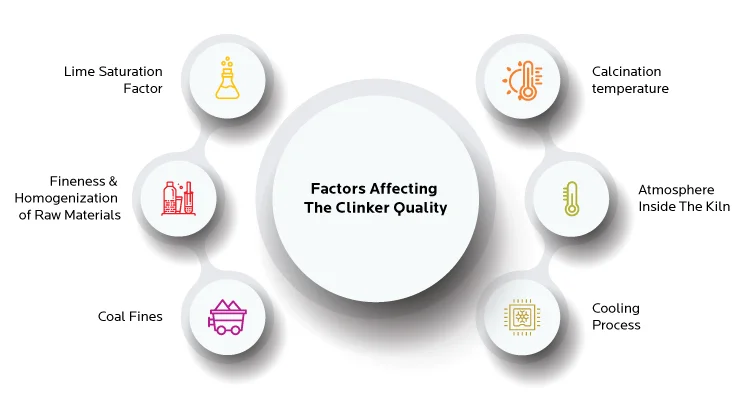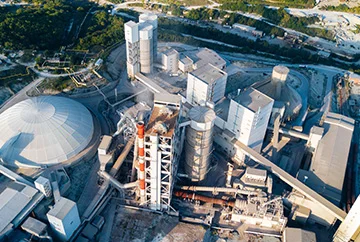As per a research report by McKinsey, integration, and optimization of AI in the cement industry have increased the production levels by 10%. The ability to take decisions basis the prediction data of Clinker Quality is turning out to be an asset to Cement Industry leaders. This has been enabled with AI, ML, and IoT in the overall solution mix.
Why Is Clinker Quality Prediction Critical?
Cement quality is the compressive strength of the cement where the quality of the concrete (made from the cement) determines its usability and application. The manufacturer can sell the cement in different categories and optimize pricing accordingly. Cement quality can not be changed once production is completed, which means the quality control is to be done up to the clinkerization phase of the production. The quality prediction solution enables the manufacturer to run clinker quality forecast, gives control and ability to tweak the composition of materials at Raw Mill, and control the Coal Mill for desired heat rate to be passed to Kiln, henceforth achieving the required quality of Clinker.
Why Do Cement Manufacturers Struggle With Clinker Quality Forecast?
Several important factors are affecting the clinker quality. In the process of clinker production, strict control of these factors needs to be ensured for the production of high-quality, high-yield clinker. During the process, it often controls vulnerable to human errors, and a minor error will directly impact the clinker quality, which eventually impacts the cement's strength and quality.
Hence to avoid such a situation, the production process is executed with slightly high-quality parameters so that such human error gets knockoff in the overall production process. The challenge is to control the additional cost by ensuring the optimum use of resources and getting standard quality results; hence clinker quality forecast is essential, which will allow to adjusting the production parameters on time to control the quality even before testing the clinker quality.
What's the Solution to Predict Clinker Quality?
The following are the factors affecting the clinker quality, which should be controlled by having real-time alerts, alarms, and notifications that can be configured using IoT, AI, and ML, which will evaluate the continuous production process the correlation of all dependable parameters.
Lime Saturation Factor
The lime saturation factor (LSF) is a ratio of CaO to other oxides; it controls the proportion of cement raw meal. In the cement kiln operation, the thermal system of the Kiln can be affected by the fluctuation of LSF. The high saturation ratio will make the raw meal difficult to burn to clinker.
| Oxide | CaO | SiO2 | Al2O3 | Fe2O3 | others |
| Ratio | 62%~67% | 20%~24% | 4%~7% | 5%~6% | 5% |
The proportion of oxides in cement clinker






